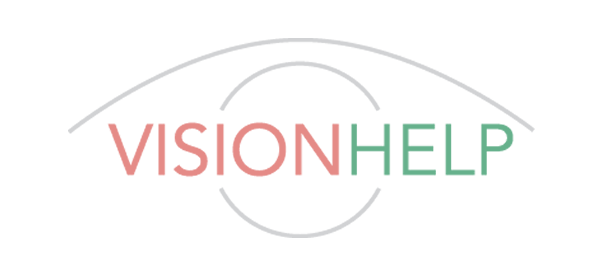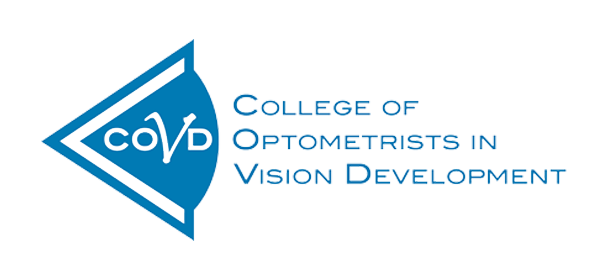Here, you can access to the most up to date information regarding the relationship between vision and learning. The most important thing to remember is that the visual skills necessary for academic success go far beyond the ability to see 20/20.
The Hidden Link Between Vision and Learning
Wendy, a teacher and educational consultant brings to light how 20/20 is such a small part of the visual story, and how behaviors such as ADHD and Dyslexia can often lead to the discovery of a visual problem underlying these academic challenges.
-
Vision and Learning by VisionHelp
-
Vision and Learning Go Hand in Hand (Live 5 WCSC)
-
Curing Learning-Related Vision Problems | Dr. Vicky Vandervort | TEDxLincoln
-
Overlooking Our Vision | Cameron McCrodan | TEDxVictoria
-
The Hidden Link between Vision and Learning
-
20/20 Isn't Everything - A Child's Vision is Critical to Learning
Exploring Vision Health and Learning
These definitions can help you to better understand what developmental optometrists will be testing for during the evaluation and treatment. Other useful definitions will help you to understand how a vision and learning evaluation is different from a primary eye care appointment.
The visual skills necessary for learning involve three main abilities: Visual Functional Skills, Visual Perceptual Skills and Visual Processing Skills.
Visual Functional Skills
This is the term used to describe myopia (nearsightedness), hyperopia (farsightedness) and astigmatism. Hyperopia (farsightedness) is a measure of how much focusing effort is required to see clearly in the distance with a greater amount of effort needed for near visual tasks. Depending on how much effort is required to see clearly, hyperopia can result in blurred vision. Astigmatism is an optically induced blur for far and near objects and nearsightedness is when the eyes are in focus for close objects only.
This is a description of how clearly one sees detail. It is recorded as a fraction for example “20/20.” The top number represents the standard test distance 20 feet. The bottom number represents what is normally seen at that distance. For example 20/20 means at a distance of 20 feet a person sees what they should at 20 feet. 20/100 means at a distance of 20 feet they see what is normally seen at 100 feet. It does not reveal how effortless it is to see clearly, if both eyes work together, or if a person can understand what they are seeing.
The ability to move your eyes from spot to spot such as when you are reading or many activities in the classroom or fixate and follow such as when playing sports.
The ability to look close up, make it clear, sustain clarity over time and change focus rapidly from near objects to far ones.
Coordinating the two eyes so they work together at near and far effortlessly and with good depth perception.
Visual Perceptual Skills
This is the basic ability to see subtle differences amongst similar objects. This is the foundation for Pattern Recognition.
Seeing how different elements form a linear sequence or spatial array.
Being able to see a specific item amongst multiple items embedded in a cluttered background.
Knowing how objects would look when rotated or flipped or viewed from different points of view, especially in relationship to the environment and/or to other objects.
Knowledge of your own left and right, front and back, top and bottom.
Transferring laterality and visual spatial relationships into language applying it to directions such as right, left, top, bottom as well as transfering that to letter recognition such as recognizing a “b” from a “d” or “p” from a “q.”
Being able to determine what the whole item would be when only part of it is identifiable. Being able to come to logical conclusions based on limited information.
Visual Information Processing
To visually recall and express what has either been learned or experienced.
To be able to self generate “pictures” that have not necessarily involved a previous experience.
Being able to control and organize newly acquired information, to match previously learned information with current situations, and to plan and create future events or consider future possibilities – such as solutions to problems being able to understand the intention of the individual who used written language to express facts, ideas or intentions.
Visual Integration Skills
To visually direct the movement of the body, and/or to be able to move the body based on visual input
Other Important Definitions
A sequence of neurosensory and neuromuscular activities individually prescribed and monitored by the doctor to develop, rehabilitate, and enhance visual efficiency skills and visual processing.
An in-depth look at the relationship of vision and reading and learning by the VisionHelp Group
Vision and Reading/Learning
Convergence Insufficiency
Accommodative Dysfunction
To find a board certified doctor that provides Developmental Vision and Rehabilitation please visit the websites below.

